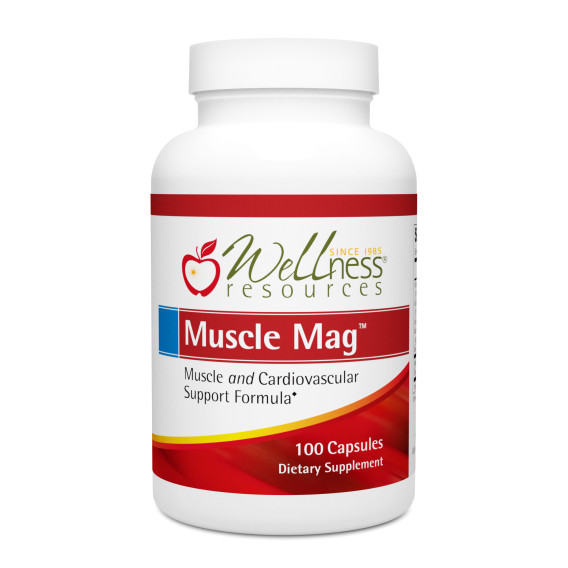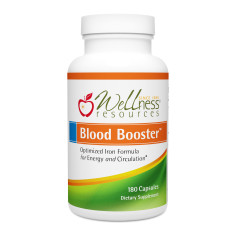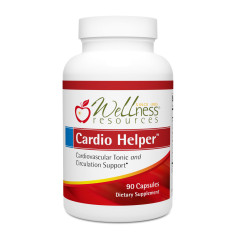Muscle Mag™ is a special formulation of magnesium bound to malic acid, with crucial co-factors. Malic acid is a key nutrient that prevents muscle fatigue by aiding energy production with less lactic acid formation. Magnesium helps muscles relax and plays a role in cellular energy production and cardiovascular health. Recommended dose: 2-6 capsules per day.*
Magnesium deficiency is common in Americans due to a lack of fresh produce in diets and magnesium-depleted soils. Stress and sweat also deplete magnesium, making high-quality magnesium supplements essential.*
Low-quality magnesium, like magnesium oxide, is not used in Wellness Resources products. These poorer forms can create metabolic issues and waste antioxidants.* Quality magnesium chelated to other nutrients ensures better absorption and functionality.*
Magnesium is required for cellular energy production (ATP formation) and optimal cell function. Deficiency can affect energy levels and overall body functions.*
Wellness Resources' magnesium chelates to other nutrients for better absorption. For example, magnesium and malic acid work together to enhance cellular energy.* Magnesium bisglycinate (magnesium with glycine) is absorbed as a protein, enhancing uptake in liver and nerve cells.* This quality difference sets Wellness Resources apart.
Besides the magnesium in Daily Energy Multiple Vitamin™, Daily Bone Xcel™, Daily Builder™, and Coral Calcium, we offer RelaxaMag™ and Muscle Mag™. Both provide 100 mg of high-quality magnesium per capsule. RelaxaMag™ supports relaxation and sleep.* Muscle Mag™ is rich in malic acid and supports muscle energy and reduces fatigue, ideal for exercise.*
Cardiovascular Health
Our magnesium products support cardiovascular health, an essential role of magnesium.*
Magnesium aids in healthy cholesterol metabolism and the proper function of the HMG CoA reductase enzyme, which regulates cholesterol production. A deficiency can disrupt this process.*
Magnesium supports heart nerves, heart muscles, and smooth muscles. It helps reduce tension in the cardiovascular system while supporting energy production.*















